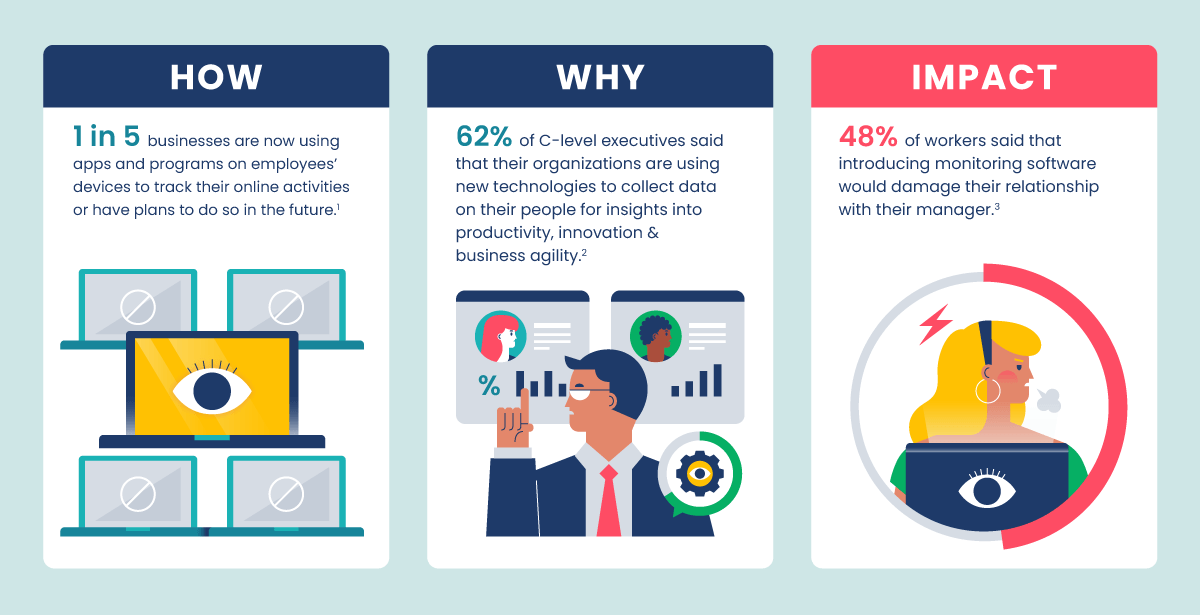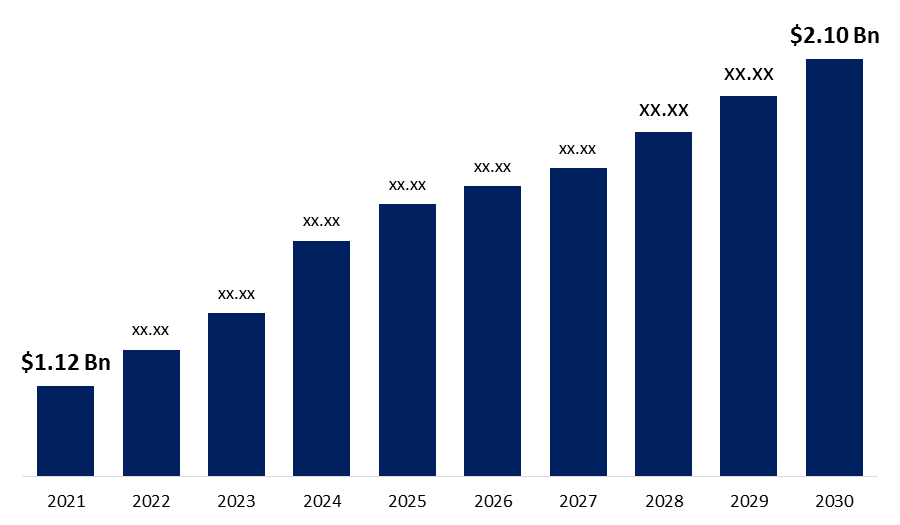Recommended Tips On Picking Time Tracking Monitoring Software
What Is The Best Employee Monitoring Software And What Information Do I Need To Know To Choose?The term "employee monitoring software" refers to the kind of software utilized by businesses to track and monitor the actions of their employees as they are working. Employers are able to collect information about employee behaviour, including the number of keystrokes, web usage, applications used, screenshots and many more. The principal goal of the software to monitor employees' activities is to increase productivity, ensure compliance with company policies, safeguard sensitive information and address security concerns. When selecting an employee monitoring software, there are many factors to think about. Remember these essential factors: Features- Determine which specific features you require according to the requirements of your business. Common features include activity monitoring, website blocking keystrike logs, application usage tracking along with email monitoring and reports generation. Prioritize the features you want to use based on your monitoring goals.
Compliance and Privacy- Ensure that the software adheres to the ethical and legal guidelines for controlling employees. You must be familiar with all applicable laws in your region. For example data protection laws, as well as privacy laws. It is recommended to look for software that is flexible and transparent features to respect the privacy rights of employees.
User-Friendliness: Consider the software’s accessibility and ease of use. Simple setup and a user-friendly interface will simplify the implementation and save you time. Find customizable dashboards and reporting tools that allow you to easily navigate and analyze the data you have collected.
Integration and compatibility - Make sure your application can seamlessly integrate with the IT infrastructure as well as any other systems you're using, including email clients and collaboration platforms, as well as software for managing projects and operating systems. It is essential to ensure uninterrupted monitoring, and without disrupting your everyday activities.
Data Security: Examine the software security measures in order to ensure security of data collected. Data encryption, storage within a safe location, access control, and the compliance with security standards are all vital. Ensure that the software vendor uses secure practices that are robust and have an excellent track record in protecting data.
Scalability - Take into account the capacity of the software to expand in line with your business. If you plan on expanding your staff or adding new locations, choose software that is able to easily scale to meet the changing demands of your business.
Capabilities to Report and Analyze- Examine the reporting and analytical capabilities of the software. Look for features which provide complete information on the productivity of employees and their time allocation. Customizable reports and analytics help you make informed decisions and determine areas of improvement.
Customer Support – Evaluate the quality and availability of the customer support provided by software providers. You can assess their speed of response, accessibility as well as the technical support that they provide. If you've got a good customer service staff they'll be able to offer quick assistance whenever problems arise.
Cost - Consider the pricing model like an annual fee, a subscription, or depending on usage. Knowing the pricing structure as well as any additional costs such as updates, support or other features is crucial. You should balance your budget as well as the worth of features with the amount you are able to afford.
Transparency and Communication with Employees Transparency and Communication with Employees - Inform your employees on the introduction of monitoring software. Define the scope and function of monitoring in a transparent manner. Address any concerns they may have, and ensure that they know the ways in which they can be assured of their privacy.
Consider these factors to make an informed choice and select the employee monitoring software that can meet your business' requirements while still respecting employee privacy. View the best time tracking monitoring service company for more examples.

What Features Are Available In Employee Monitoring Software And What Are The Differences Between Them?
Software for monitoring employees has a number of options for analyzing and tracking the activities of employees. The specific features may vary across different software solutions Here are a few commonly used features in the software for monitoring employees: Activity MonitoringThis feature records and records employee actions such as the websites they visit, the applications they use, files accessed, and time spent in each job. It gives a complete overview of how long employees are at work.
Keystroke Recording- Keystroke recorders record every keystroke made by a worker. It helps identify productivity bottlenecks, detect unauthorised activities, and gather evidence for investigations if needed.
Screenshots, screen recordings and screen shotsScreenshots and screen recordings are captured by some applications of the computer screen of employees at predetermined intervals. Other applications record their screen in real-time. This feature may be helpful in monitoring productivity or troubleshooting.
Internet Usage Tracking This feature tracks employees' online activities, including the websites they visit, their search queries downloads, etc. It is used to monitor excessive internet browsing that's not connected to work, security risks, or policy violations.
Application Usage Tracking - This feature monitors which apps employees utilize during work hours. It provides insights into which applications are most frequently used and helps identify any unapproved or excessive application usage.
Email Monitoring- Email monitoring lets employers monitor employees' emails, which include sent and received messages attachments, messages, and emails' content. It helps to ensure the compliance of policies of the company, stop data leaks and also investigate any suspicious behavior.
Tracking of documents and files This feature monitors access to, modifications to, and transfers. It helps protect sensitive data and monitor collaboration between documents and make sure that data security is in compliance with guidelines.
Remote Monitoring - Remote monitoring capabilities let employers supervise employees working remotely or work from different locations. It allows employers to track their work and increase efficiency regardless of physical location.
Productivity Analysis Software to monitor employees usually includes productivity analysis tools that offer insights into employee productivity as well as work patterns and time allocation. These analyses allow for the identification of areas that can be improved, and also help to optimize workflow.
Analytics and ReportingA robust set of analytics and reporting tools generate elaborate reports and visuals using the data collected. These reports provide valuable insights into employee performance, time management and the allocation of resources.
Software that can provide features to ensure compliance and management of policies will ensure that the company's policies and regulations are met. They allow employers to define and enforce rules pertaining to acceptable use of computers as well as internet access and data security.
Alerts and Notifications: Alerts and notifications alert employers and managers to specific events and activities. For example, they could alert about excessive Internet usage or attempts to access restricted websites, or other suspicious behavior.
Be conscious that various employee monitoring software might have different capabilities and features. When you choose a program make sure you select features that meet your needs for monitoring and comply to local ethics and legal guidelines. Read the best time tracking monitoring services for more recommendations.

How Can Employee Surveillance Software Conform To The Compliance And Privacy Laws?
The software's ability to adhere to the privacy and compliance laws is crucial. Here are a few methods that employee monitoring software adheres to privacy and compliance regulations, even though the legal requirements differ from jurisdiction to jurisdiction. Consent and notification- Certain jurisdictions require informed consent by employees, and require them to be notified of surveillance activities prior to. The software for monitoring employees includes features that allow employers to communicate clearly their monitoring policies to staff. This may involve providing written notices, obtaining consent through consent forms, or creating an employee handbook which outlines how to monitor practices.
Transparent Monitoring Policies - Employee monitoring software encourages transparency by ensuring that employees are aware of the specific types of data being collected, the purpose of monitoring, and the nature of monitoring. Employees will be able to know their rights to privacy and the limitations of monitoring when the policies are clear and comprehensive.
Data minimization is usually used by software for employee monitoring to ensure compliance with privacy laws. This means that only necessary data will be kept and stored. Irrelevant or excessive data are eliminated. By restricting data collection to only the necessary to be monitored, this software reduces privacy risk and promotes compliance.
Anonymization & Aggregation Some employee monitor software anonymizes or aggregates data to further ensure protection of employee privacy. The data collected is anonymized to eliminate personally identifiable information. Aggregation is the combining of data from multiple employees in order to get insight at a global level.
Secure Data Storage and encryptionEmployee monitoring software is a key component of the security of collected data. Secure encryption and data storage are used to protect the data from access by unauthorized persons or accidental disclosure. Secure data is also important when it is in transit and at rest.
Access Controls And Restricted Privileges In order to ensure compliance, employees monitoring software typically provides access control and privileges that are more granular. This permits employers to restrict access to monitoring information only to authorized individuals who require the data for legitimate purposes like HR employees or designated administrators.
Employee Rights and Remedies - Adherence to privacy and compliance laws means respecting the rights of employees. Employee monitoring software often includes options that allow employees to access their personal monitoring information, make corrections, or make complaints. This allows employees to act and assert their rights when they feel their privacy rights have been violated.
Conformity with Data Protection Regulations - Employee monitoring software was developed to comply with data protection regulations like the General Data Protection Regulation in the European Union (GDPR) or the California Consumer Privacy Act in the United States (CCPA). To ensure compliance, companies must implement the required steps to protect privacy rights of data subjects as well as ensure that data processing is legal.
While employee monitoring can help organizations meet the requirements of laws and regulations however, they must also consult lawyers and keep up-to-date with local regulations and laws. To adhere to the laws governing privacy and compliance it is essential to implement a comprehensive strategy needed that goes beyond the software. It includes explicit policies and training for employees, as well continuous monitoring of compliance. Check out the best employee monitoring software for site recommendations.
